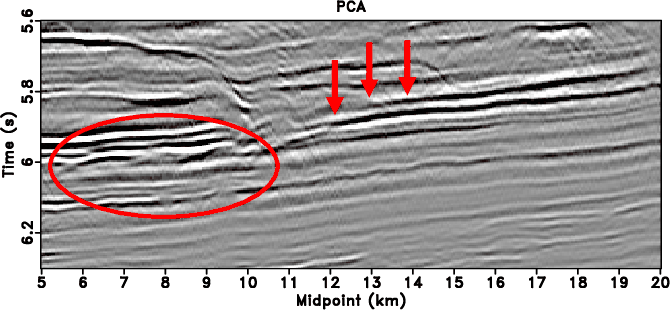A new paper is added to the collection of reproducible documents: Data-driven time-frequency analysis of seismic data using non-stationary Prony method


The empirical mode decomposition aims to decompose the input signal into a small number of components named intrinsic mode functions with slowly varying amplitudes and frequencies. In spite of its simplicity and usefulness, however, the empirical mode decomposition lack solid mathematical foundation. In this paper, we describe a method to extract the intrinsic mode functions of the input signal using non-stationary Prony method. The proposed method captures the philosophy of the empirical mode decomposition, but use a different method to compute the intrinsic mode functions. Having the intrinsic mode functions obtained, we then compute the spectrum of the input signal using Hilbert transform. Synthetic and field data validate the proposed method can correctly compute the spectrum of the input signal, and could be used in seismic data analysis to facilitate interpretation.



